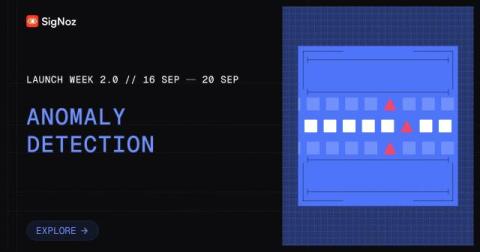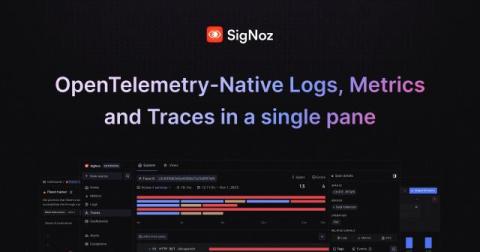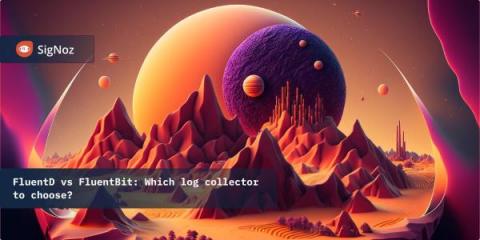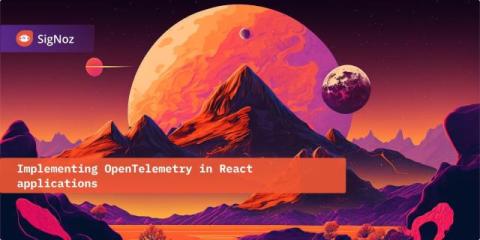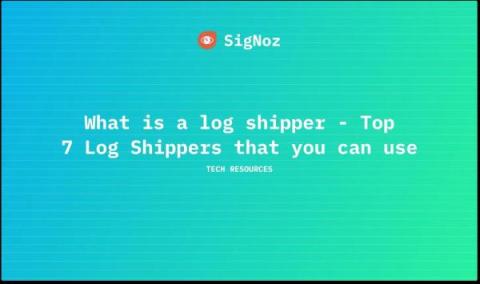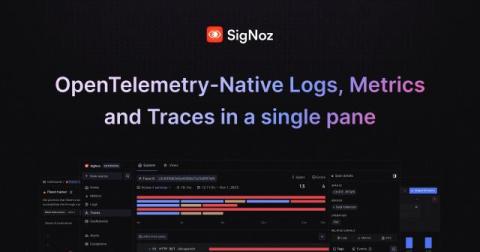Introducing Anomaly Detection - Smarter Alerts for Dynamic Metrics
Today, we’re excited to unveil the Anomaly Detection feature. It will enable users to create smarter alerts based on dynamic metrics, moving beyond traditional fixed-threshold alerts. It will soon be available to all our users and is currently undergoing beta testing with select users. By detecting deviations from expected patterns, Anomaly Detection will help you stay informed about critical issues without getting overwhelmed by irrelevant alerts. Let’s dig in deeper.


